Government Initiatives and Funding
Government initiatives and funding play a pivotal role in the Satellite Backhaul Market. Many governments recognize the importance of enhancing connectivity, particularly in rural and underserved areas. As a result, various programs and funding opportunities have emerged to support the deployment of satellite backhaul solutions. For instance, initiatives aimed at bridging the digital divide often include provisions for satellite technology, which can provide immediate connectivity solutions. Additionally, regulatory frameworks are evolving to encourage investment in satellite infrastructure, further stimulating market growth. The collaboration between public and private sectors is also becoming more prevalent, as governments partner with satellite operators to expand coverage. This supportive environment is likely to propel the Satellite Backhaul Market forward, fostering innovation and accessibility in communication.
Rising Demand for High-Speed Internet
The Satellite Backhaul Market is experiencing a notable surge in demand for high-speed internet connectivity. As more individuals and businesses rely on digital services, the need for robust backhaul solutions becomes increasingly critical. According to recent data, the number of internet users has reached approximately 5 billion, indicating a vast market potential. This demand is particularly pronounced in remote and underserved regions, where traditional terrestrial infrastructure is often lacking. Satellite backhaul provides a viable solution, enabling service providers to extend their reach and offer reliable internet access. The increasing reliance on cloud services and streaming platforms further fuels this demand, as users expect seamless connectivity. Consequently, the Satellite Backhaul Market is poised for growth as it adapts to meet these evolving connectivity needs.
Expansion of Mobile Network Infrastructure
The expansion of mobile network infrastructure is a key driver for the Satellite Backhaul Market. As mobile operators strive to enhance their service coverage and quality, satellite backhaul solutions offer a practical means to connect remote cell sites. With the proliferation of smartphones and mobile data consumption, the demand for reliable backhaul solutions has intensified. Recent statistics indicate that mobile data traffic is expected to grow exponentially, necessitating robust backhaul capabilities. Satellite backhaul not only supports the deployment of new cell towers but also facilitates the integration of advanced technologies such as 5G. This trend is particularly relevant in regions where terrestrial options are limited or economically unfeasible. Consequently, the Satellite Backhaul Market is likely to see increased adoption as mobile operators seek to meet the growing demands of their customers.
Increased Focus on Disaster Recovery Solutions
The increasing focus on disaster recovery solutions is emerging as a significant driver for the Satellite Backhaul Market. In an era marked by natural disasters and unforeseen events, the need for resilient communication networks has never been more critical. Satellite backhaul provides a reliable means of maintaining connectivity when terrestrial infrastructure is compromised. Organizations and governments are increasingly recognizing the value of satellite solutions in their disaster recovery plans. Recent studies suggest that the demand for satellite communication services during emergencies has surged, highlighting the importance of these systems in crisis management. As businesses and public entities prioritize continuity of operations, the Satellite Backhaul Market is likely to see heightened interest and investment in satellite-based solutions that ensure communication remains intact during challenging circumstances.
Technological Innovations in Satellite Communication
Technological advancements are significantly shaping the Satellite Backhaul Market. Innovations such as high-throughput satellites (HTS) and low Earth orbit (LEO) satellite constellations are revolutionizing the way data is transmitted. HTS technology allows for greater bandwidth efficiency, enabling service providers to offer enhanced services at competitive prices. Furthermore, LEO satellites promise reduced latency, which is crucial for applications requiring real-time data transmission. As these technologies mature, they are likely to attract increased investment and interest from telecommunications companies seeking to improve their service offerings. The integration of artificial intelligence and machine learning in satellite operations also enhances network management and optimization. Thus, the Satellite Backhaul Market stands to benefit from these technological breakthroughs, potentially leading to a more efficient and responsive communication landscape.


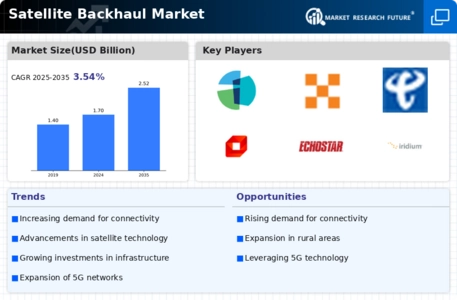

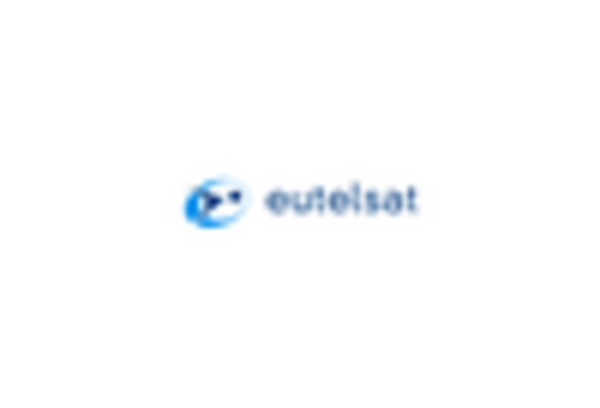
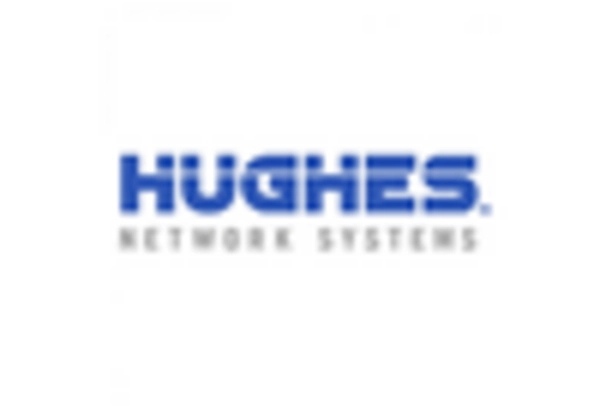

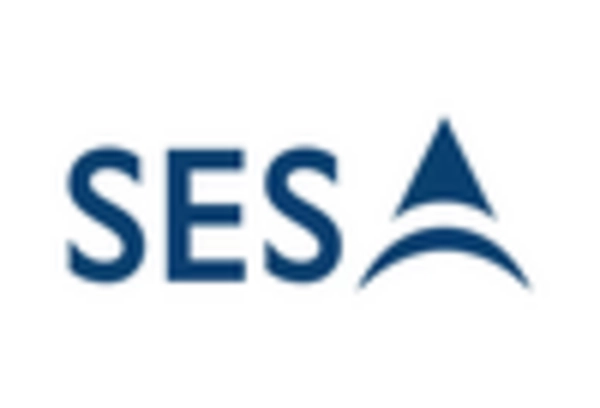
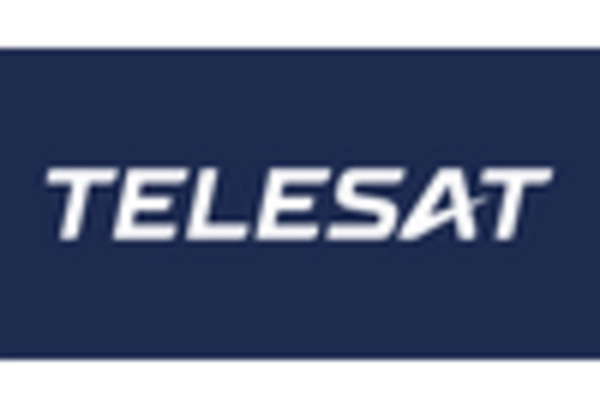
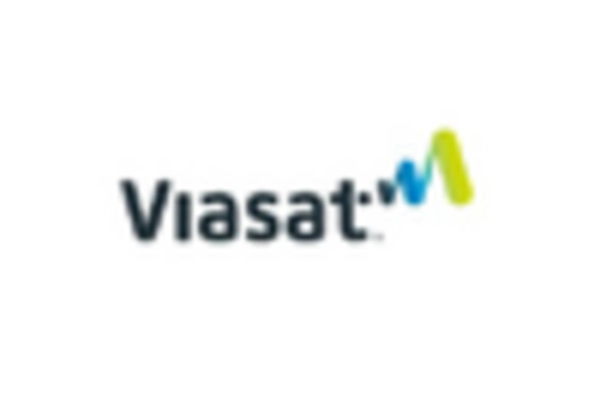








Leave a Comment